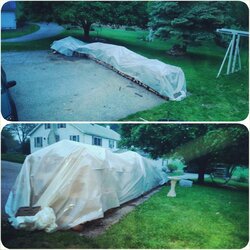Sorry. It was an accident.
No no not like that. All your points made lots of sense. I had my hopes up about the idea. I guess it would have been better if I said you did me a favor and whacked me with the reality stick. But I was trying to be funny. My bad.



